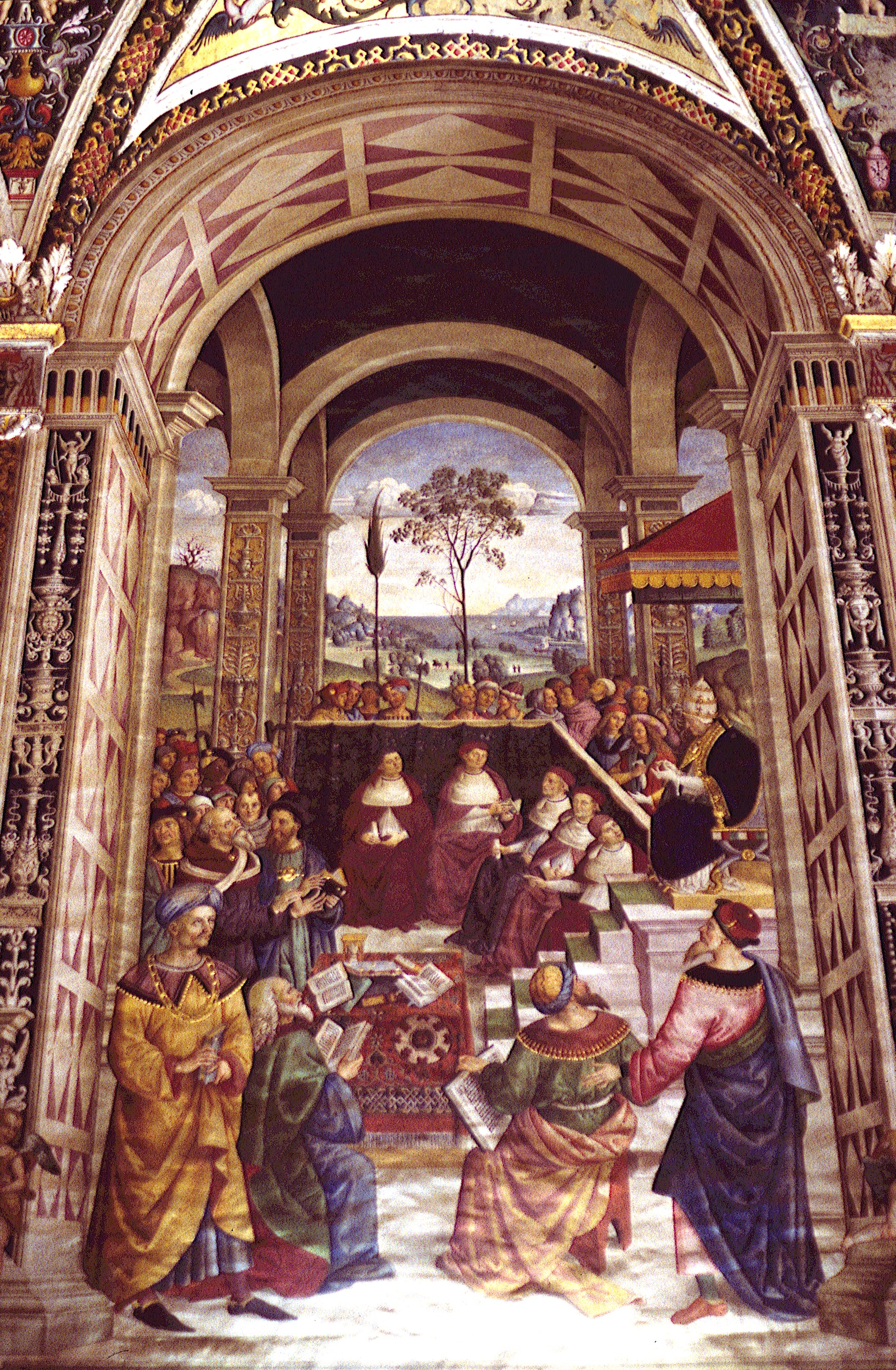Early Modern Circle

(Photograph: Andrew Stephenson)
The Early Modern Circle is an interdisciplinary seminar open to interested students, academics and researchers. The Circle meets on the third Monday of the month, during semester, at 6:15. Unless noted otherwise, meetings will be conducted in Room 253, Level 2 of the Arts West Building, North Wing.
Convenors
Catherine Kovesi
Jenny Spinks
Matthew Champion
Nat Cutter
Shannon Kuziow
Charlotte-Rose Millar
Enquiries: charlotte.millar@unimelb.edu.au
To be added to the mailing list, please email Andrew Stephenson.
Programme for 2024
18 March
Three Early Career Researchers and their Research Projects: Presentations and Roundtable
Dr Nat Cutter
Merchant Networks in Ottoman Tunis, 1675-1715: Wheat and War
Nat Cutter is the Mary Lugton Postdoctoral Fellow in History at the University of Melbourne. His research on early modern British-Maghrebi relations, media history, and digital humanities has appeared in Cultural and Social History, Renaissance Studies and Gender & History, and won the 2021 Hakluyt Society Essay Prize. He is currently completing a monograph on the experiences and influence of English-speaking merchant communities in the Ottoman Maghreb.
Dr Shannon Kuziow
Marian Devotion in Early Modern Rome and Nineteenth-Century Australia
Shannon E. Kuziow is a Teaching Associate in History at the University of Melbourne and recipient of an Early Career Grant. She previously held a postdoctoral fellowship at Australian Catholic University with forthcoming articles in Renaissance Quarterly and Sixteenth Century Journal. She is completing a monograph on miracle-working images in Renaissance Tuscany.
Dr Charlotte-Rose Millar
Ghosts, Emotions, and Supernatural Space in Early Modern England
Charlotte-Rose Millar is Lecturer in History at the University of Melbourne and a recipient of a Melbourne Research Fellowship. Her first book, Witchcraft, the Devil, and Emotions in Early Modern England was published by Routledge in 2017. She is currently working on a new book for Manchester University Press: Haunting Emotions: Space and the Supernatural in post-Reformation England.
15 April
Dr Lana Stephens, Australian Catholic University
Pre-existence in Renaissance Florence: Ficinian Perspectives on the Origins of the Soul
The contributions of Marsilio Ficino (1433–99) to the intellectual legacy of the Italian Renaissance cannot be overstated; Ficino’s name has become synonymous with Florentine Neoplatonism, and his philosophy of love and defence of the immortality of individual souls has made Ficino one of the most renowned thinkers of the fifteenth century. This paper examines a critical, yet neglected aspect of Ficino’s thought, namely, his revival of the heterodox doctrine of the soul’s pre-mortal existence and its place in his programme of religious renewal. Studying the transmission of this idea among Florentine socio-intellectual networks, this paper demonstrates the pivotal role that Ficino’s endorsement played in its dissemination. To highlight the unique spiritual significance of pre-existence for Ficino and his followers, this paper will analyse Ficino’s 1457 epistolary treatise, the De divino furore (On Divine Frenzy). Tracing the recurrence of this text in several commonplace books, or zibaldoni, this paper illuminates how Ficino’s theology and message of renewal was diffused in vernacular discourse.
Lana Stephens is an early career researcher specialising in the religious and intellectual cultures of late fifteenth- and early sixteenth-century Italy. She received her PhD from the Australian Catholic University in 2023 and a monograph based on her doctoral research is currently under consideration by Cambridge University Press. It examines the ancient Neoplatonic doctrine of the pre-existence of the soul in the thought of Marsilio Ficino and his circle.